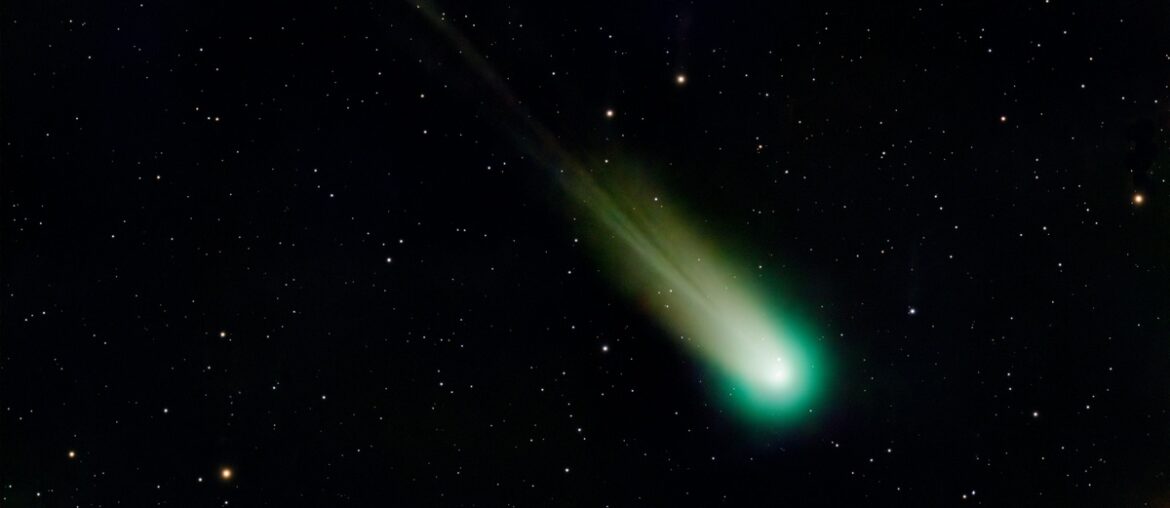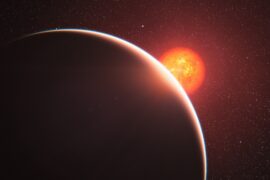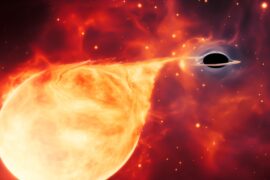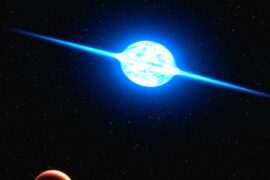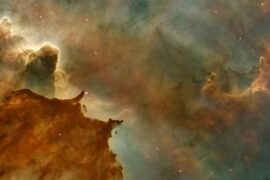In 2014 the Rosetta spacecraft arrived at comet 67P/Churyumov–Gerasimenko and showed a world that vents jets of gas from deep pits and reshapes itself each perihelion — a dramatic contrast to the rocky, cratered bodies mapped in the asteroid belt.
That contrast matters. For scientists, these small bodies are time capsules that preserve records of solar-system formation. For planetary defense planners, their orbits determine impact risk and warning time. For explorers and entrepreneurs, the differences dictate where water, organics, or metals might be found and how easy they are to access.
The thesis is simple: comets and asteroids are both small solar-system bodies, but they differ in composition, orbits, activity, surface properties, and resource potential — differences between comets and asteroids that shape science, mission design, and policy. Below I explain six distinct, evidence-based differences and why each one matters.
Composition and Physical Makeup
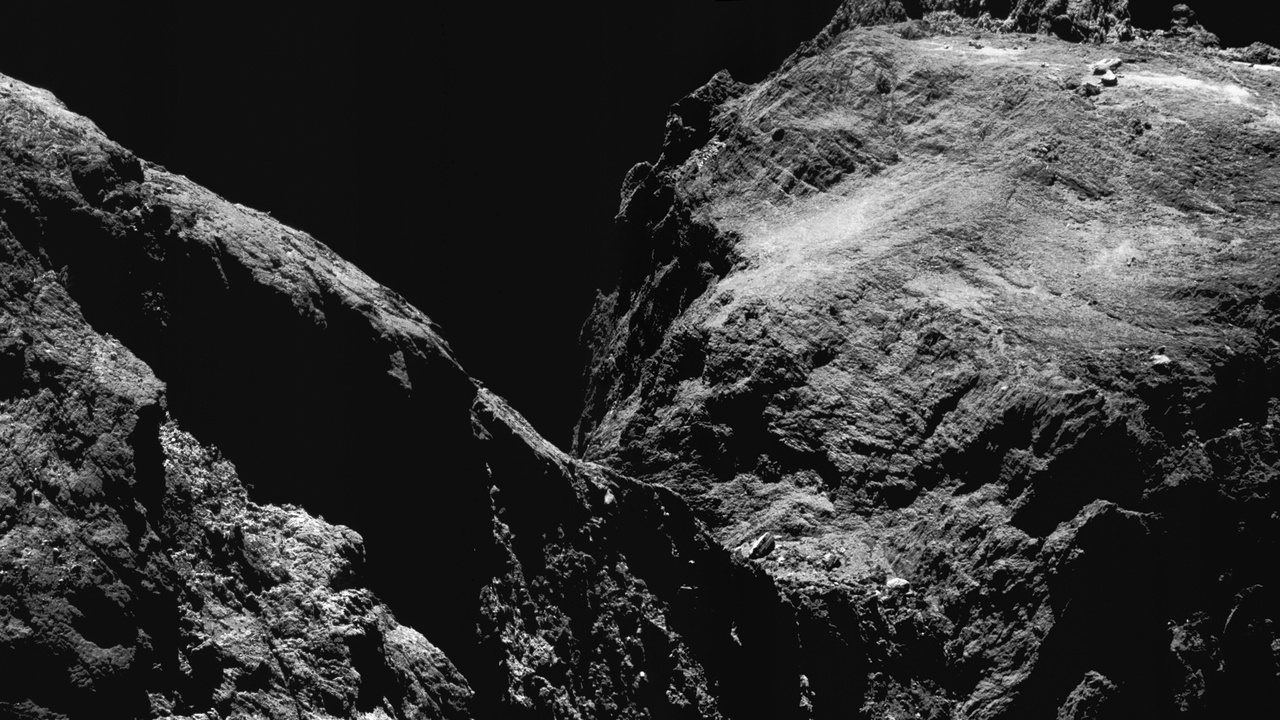
The first major contrasts arise from what these objects are made of and how that material is arranged. Composition controls density, porosity, thermal response, and what volatiles a body will release when warmed by the Sun — all critical for how an object behaves and how we might use it.
1. Ice-rich nuclei versus rock- and metal-dominated bodies
Comet nuclei are mixtures of volatile ices (water, CO2, CO) and refractory dust; asteroid interiors are dominated by rock and metal in varying proportions. Rosetta measured comet 67P’s bulk density at roughly 0.5 g/cm³, implying very high porosity, whereas asteroids span a wide density range: carbonaceous (C-type) roughly 1.2–2.2 g/cm³, silicate-rich (S-type) about 2.5–3.5 g/cm³, and metal-rich (M-type) up to ~5 g/cm³.
Those numbers matter practically: a porous ices-and-dust comet will fragment and outgas under heating, while a denser rubble-pile asteroid responds differently to impacts and anchoring. For exploration, water extraction from cometary ices or hydrated carbonaceous asteroids is a realistic application for propellant and life support.
Sample-return missions back this division — Rosetta detected abundant organics and complex hydrated materials at 67P, while Hayabusa2 (Ryugu) and OSIRIS-REx (Bennu) returned evidence of primitive, rocky carbonaceous material on small asteroids.
2. Volatile inventory and the tendency to outgas
Comets contain volatiles that sublimate when heated, producing comas and tails; asteroids typically lack sufficient exposed volatiles to sustain that behavior. Water-ice-driven activity commonly begins inside about 3 AU, while more volatile species such as CO and CO2 can drive activity at much larger distances.
Outgassing is dramatic: comae and dust tails can extend millions of kilometers, and ion tails reflect solar-wind interactions. Classic examples include Halley’s Comet and Rosetta’s observations of 67P; activity patterns reveal interior volatile abundances and layering. There are exceptions — some main-belt objects (so-called active asteroids or main-belt comets) like 133P/Elst–Pizarro show transient activity, often linked to impacts or buried ice — but sustained sublimation is mostly a comet trait.
Orbits and Behavior
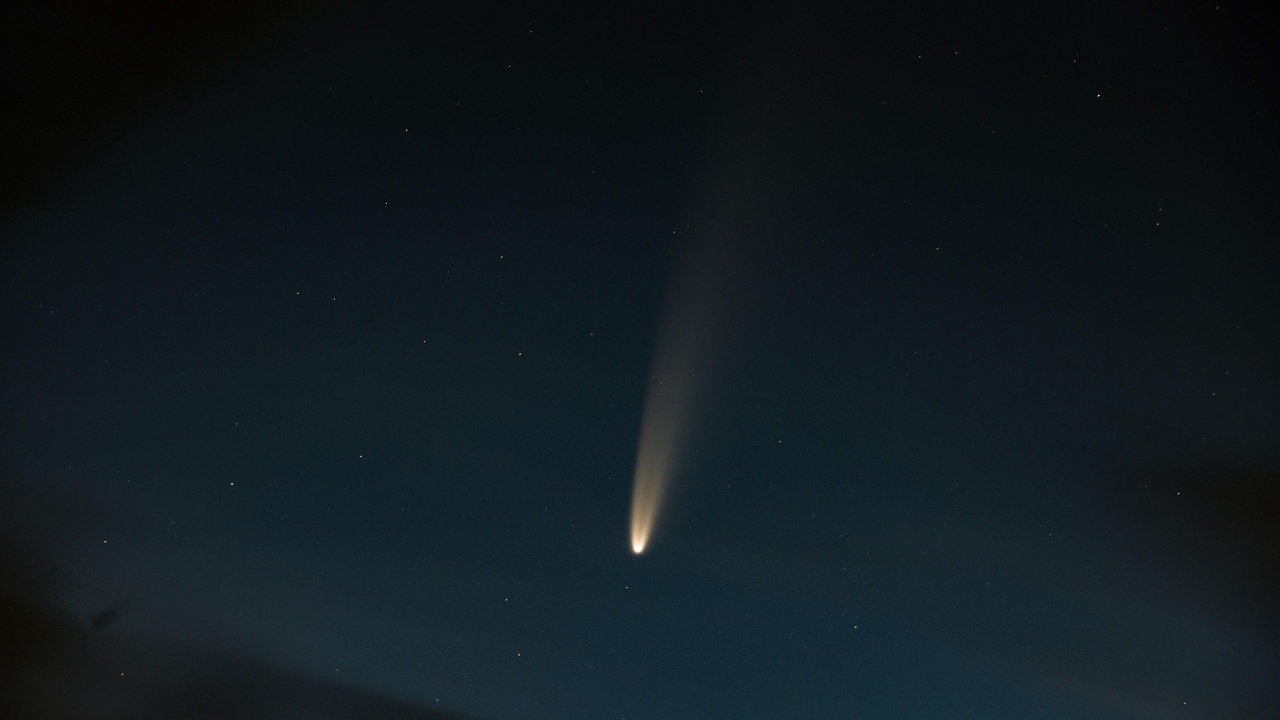
Orbital dynamics provide the second major distinction. Where an object comes from and how eccentric its path is determine encounter frequency, impact probability, and how easy it is to observe or reach with a spacecraft.
3. Typical orbits: main-belt and near-Earth asteroids versus long- and short-period comets
Most asteroids orbit between about 2.1 and 3.3 AU in the main belt, with millions of sub-kilometer bodies plus hundreds of thousands cataloged larger ones; a subset are near‑Earth asteroids (NEAs) with orbits that cross or approach Earth’s. Comets generally originate far beyond Neptune — the Kuiper belt (roughly 30–50 AU) for many short-period comets, and the distant Oort cloud (tens of thousands of AU) for long-period comets.
Orbital periods differ dramatically: long-period comets may take thousands to millions of years to return; Jupiter-family comets can have periods under 20 years. That affects study opportunities: asteroids are repeatedly observable and missionable, while a long-period comet’s visit can be a once-in-many-generations event.
4. Solar interaction: tails, comas, and fragmentation versus stable surfaces
When comets approach the Sun, sublimation creates a tenuous atmosphere (coma) and typically two tails — a dust tail shaped by solar radiation pressure and an ion tail shaped by the solar wind. These features are visible over vast distances and change on timescales of days to weeks.
Comets also fragment under thermal stress or tidal forces; Shoemaker–Levy 9 famously broke up under Jupiter’s gravity in 1994, providing a dramatic case study. Asteroids generally present inert, cratered surfaces, although collisions in the belt or rare volatile-driven activity can produce short-lived dust clouds. From an operational perspective, a comet’s changing environment complicates rendezvous and sampling, while an asteroid’s steady surface is easier to plan for — up to the complication of rubble-pile mechanics.
Appearance, Surface Features, and Resource Potential
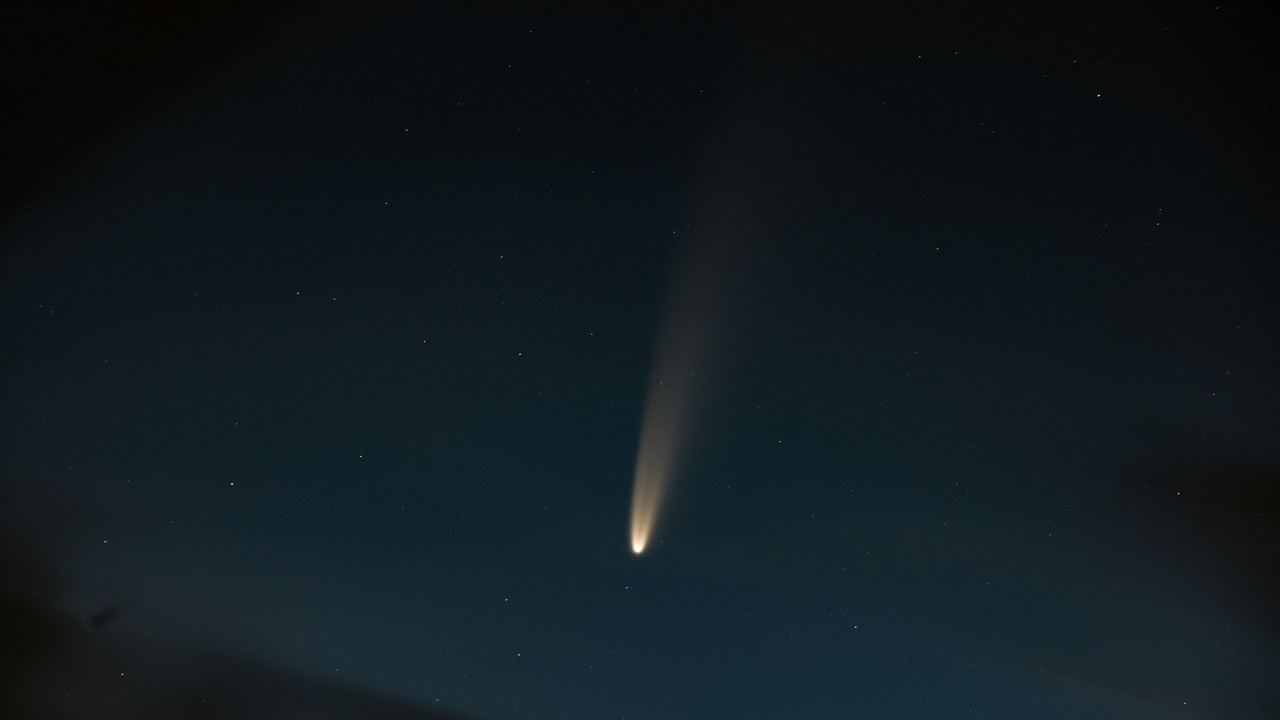
Surface appearance ties composition and behavior to practical questions: what can we learn by looking, what risks do landing sites pose, and what materials might be extracted for future missions or industry.
5. Surface geology: craters, regolith, pits, and jets
Asteroid surfaces often look battered and blocky, with abundant regolith and boulders. Hayabusa2 found Ryugu to be roughly 900 m across and strewn with meter-scale boulders; OSIRIS-REx showed Bennu (≈490 m) to be similarly boulder-rich and a likely rubble pile held together by weak gravity and cohesion.
Comet 67P displayed a patchwork of terrains: smooth plains, cliffs, and deep pits that act as jet sources. Those pits and collapsing cliffs point to volatile-driven erosion rather than impact gardening alone. For mission engineers, rubble-pile asteroids demand anchoring and touch-and-go sampling strategies, while active comet surfaces pose hazards from jets and changing topography.
6. Composition clues to origin and resource potential
Composition is a recorder of origin. Carbonaceous asteroids contain hydrated minerals and organic compounds; some meteorites show up to around 10% water by mass locked in hydrated minerals. Metal-rich bodies such as 16 Psyche (about 225 km across) may expose core-like material, offering a window into planetary differentiation.
Comets preserve primitive ices and organics that inform models of the early solar system and may have delivered volatiles to Earth. For resource planning, water from cometary ices or hydrated asteroid minerals is attractive for propellant and life support, while metal-rich asteroids could supply raw material for in-space construction. Accessibility, though, depends heavily on orbit; a plentiful resource is useless if it costs prohibitive delta‑v to reach.
Summary
- Composition: Comets are ice- and dust-rich with low bulk densities (~0.3–0.6 g/cm³ for objects like 67P); asteroids range from porous carbonaceous types (~1.2–2.2 g/cm³) to dense metal-rich types (~5 g/cm³), affecting structural behavior and resource types.
- Volatiles and activity: Comets regularly sublimate and form comae/tails (driven by water inside ~3 AU and by CO/CO2 farther out); asteroids rarely exhibit sustained outgassing, though active asteroids exist.
- Orbits and encounter risk: Most asteroids live in the 2.1–3.3 AU main belt or as repeatable near‑Earth objects; comets arrive from the Kuiper belt or distant Oort cloud with highly eccentric, sometimes unpredictable paths, changing detection and impact timelines.
- Solar interaction and fragility: Cometary jets, tails, and fragmentation (e.g., Shoemaker–Levy 9) expose interior volatiles but complicate missions; asteroids’ steadier surfaces still pose challenges when they’re rubble piles.
- Surface geology: Asteroids show craters, regolith, and boulder fields (Ryugu, Bennu); comets show pits, smooth deposits, and jet sources (67P), revealing different formation and erosion histories.
- Resource and scientific value: Carbonaceous asteroids and comets both carry organics and water-bearing material useful for science and in‑space supply; metal-rich asteroids like 16 Psyche offer different economic opportunities — but orbital accessibility ultimately governs practical use.
Enjoyed this article?
Get daily 10-minute PDFs about astronomy to read before bed!
Sign up for our upcoming micro-learning service where you will learn something new about space and beyond every day while winding down.

